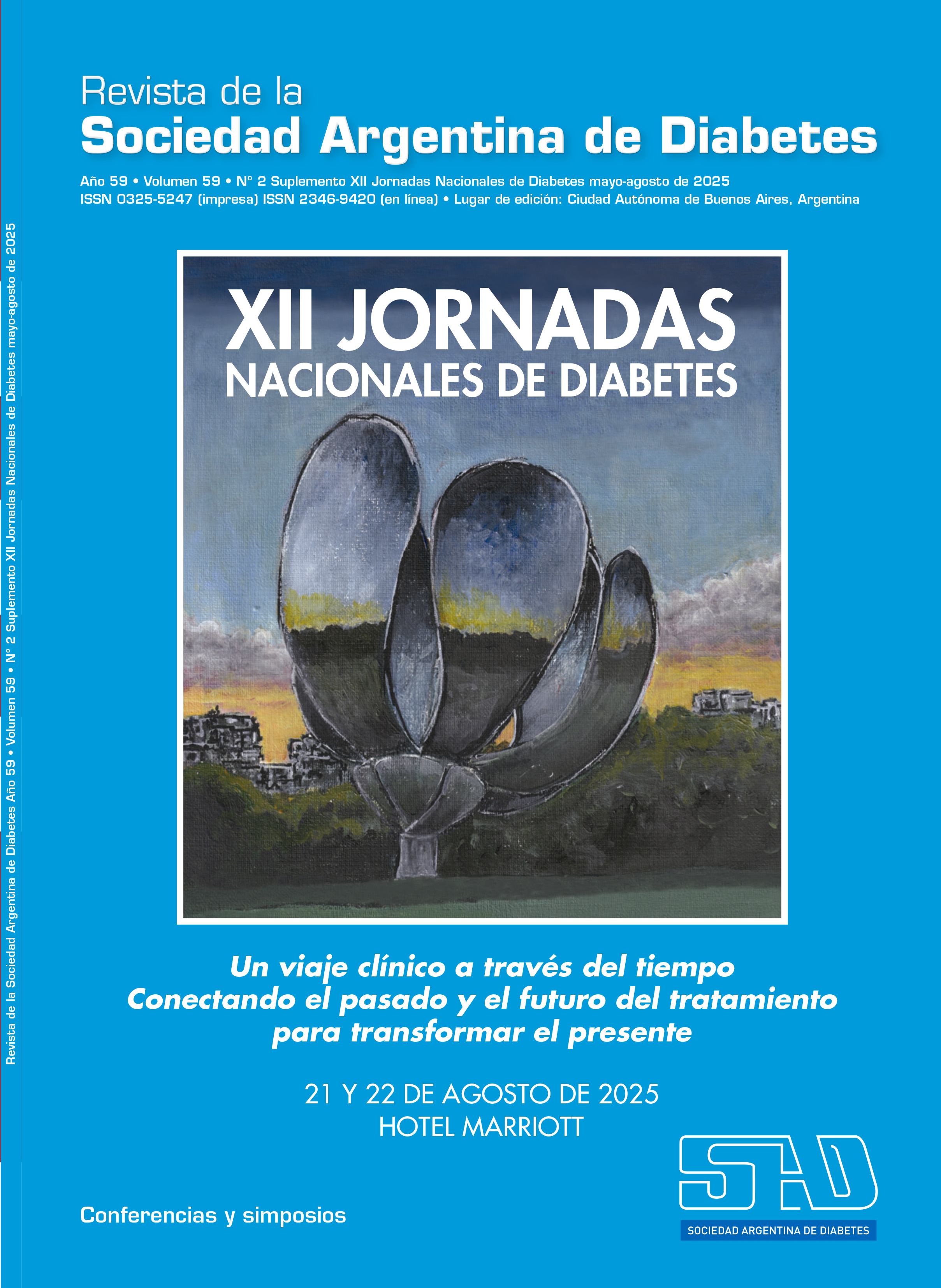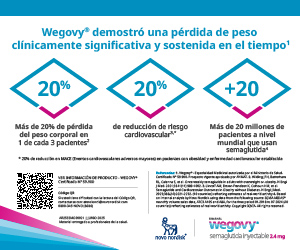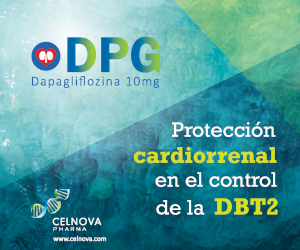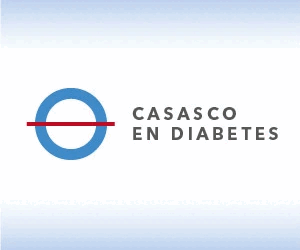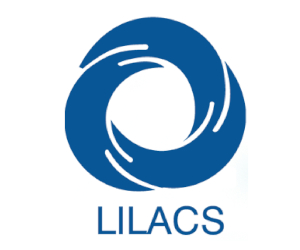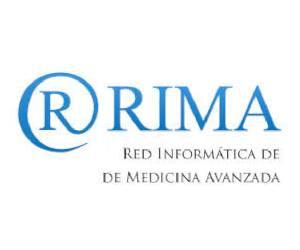Precision medicine: current focus on personalized diabetes management
DOI:
https://doi.org/10.47196/diab.v59i2Sup.1221Keywords:
precision medicine, diabetesAbstract
Precision medicine applied to diabetes aims to identify phenotypes or clusters of the different clinical presentations of the disease, identified through biomarkers, with the aim of applying personalized treatments that ensure greater effectiveness and fewer adverse effects.
These biomarkers are the tools that enable this identification and can be of different types: clinical, biological, genetic, and immunological.
A concrete and defined example is Adult-onset Diabetes in Young (MODY), a monogenic form of diabetes. Although it has specific clinical biomarkers such as childhood-adolescent age, normal body mass index (BMI), impaired insulin secretion, insulin non-dependence, negative autoimmunity, and a family history of similar diabetes in two previous generations (autosomal dominant inheritance), a genetic biomarker, such as the detection of mutations in a related gene, defines the accuracy of the diagnosis. Once this MODY subtype (phenotype or cluster) is identified, personalized pharmacological and dietary treatment will be implemented.
Type 1 diabetes (T1D) is one of the different phenotypes that make up the autoimmune diabetes spectrum. It is of polygenic origin, with the Major Histocompatibility System (HLA) accounting for 50% of the genetic load. These different phenotypes depend on the aggressiveness of the autoimmunity; a very aggressive phenotype is T1D and a much less aggressive one is Adult-onset Autoimmunity (LADA).
These different autoimmune phenotypes have clinical biomarkers: age, normal BMI, cardinal symptoms of diabetes, presence of other autoimmune diseases, insulin-dependent or non-insulin-dependent clinical presentation (according to greater or lesser autoimmune aggression, respectively). We also have immunological biomarkers such as autoantibodies and genetic biomarkers such as Genetic Risk Score (GRS). We also recognize the presentation of endotypes within T1D, differentiated by the preservation of pancreatic insulin reserves, certain autoantibodies, and HLA. Based on these findings, treatment is personalized, with the opportunity to initiate insulin therapy, or the use of non-insulin-containing drugs such as DPP4 inhibitors, or the avoidance of sulfonylureas in LADA.
Type 2 Diabetes (T2D), also of polygenic origin, is made up of different phenotypes. One of the most replicated studies was that of Ahlqvist et al., which established 5 subtypes or phenotypes: 1) severe insulin-deficient diabetes (SIDD), 2) severe insulin-resistant diabetes (SIRD), 3) obesity-related mild diabetes (MOD), 4) age-related mild diabetes (MARD), and 5) severe autoimmune diabetes (SAID). Clinical biomarkers such as age at onset, BMI, HOMA-β (insulin secretion), HOMA IR (insulin resistance), triglycerides, LDLc and HDLc, anti-glutamate decarboxylase antibodies (GADA), HbA1c glycemia, comorbidities such as metabolic fatty liver, hypertension, or the presence of micro and macroangiopathic comorbidities were used. These clinical, biological and immunological biomarkers are joined by genetic ones through the conformation of GRS. Based on the identification of the different subtypes, personalized treatments are proposed.
References
I. Shepherd MH, et al. A UK nationwide prospective study of treatment change in MODY: genetic subtype and clinical characteristics predict optimal glycaemic control after discontinuing insulin and metformin. Diabetologia 2028;61:2520-2527.
II. Kim SS, Hudgins AD, Yang J, Zhu Y, Tu Z, Rosenfeld MG, et al. A comprehensive integrated post-GWAS analysis of type 1 diabetes reveals enhancerbased immune dysregulation. PloS One 2021;16:e0257265. doi: 10.1371/journal.pone.0257265.
III. Ahlqvist E, et al. Novel subgroups of adult-onset diabetes and their association with outcomes: a data-driven cluster analysis of six variables. Lancet Diabetes Endocrinol 2018;6:361-369.
IV. Misra S, et al. Precision subclassification of type 2 diabetes: a systematic review. Commun Med (Lond) 2023;3(1):138. doi: 10.1038/s43856-023-00360-3.
Downloads
Published
Issue
Section
License

This work is licensed under a Creative Commons Attribution-NonCommercial-NoDerivatives 4.0 International License.
Dirección Nacional de Derecho de Autor, Exp. N° 5.333.129. Instituto Nacional de la Propiedad Industrial, Marca «Revista de la Sociedad Argentina de Diabetes - Asociación Civil» N° de concesión 2.605.405 y N° de disposición 1.404/13.
La Revista de la SAD está licenciada bajo Licencia Creative Commons Atribución – No Comercial – Sin Obra Derivada 4.0 Internacional.
Por otra parte, la Revista SAD permite que los autores mantengan los derechos de autor sin restricciones.



